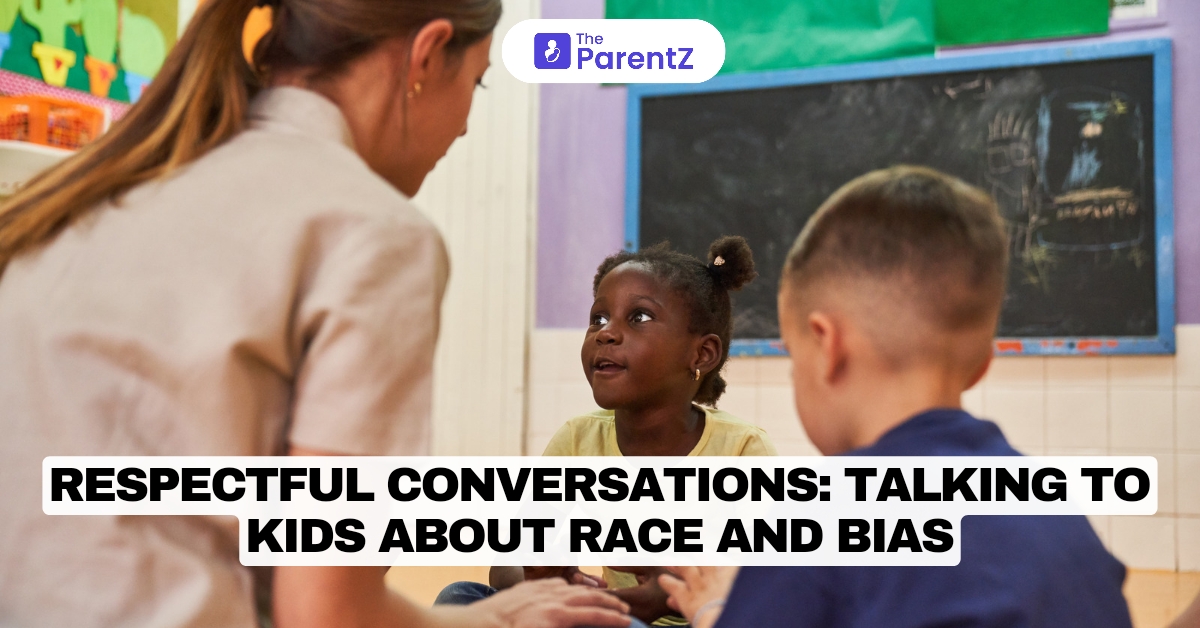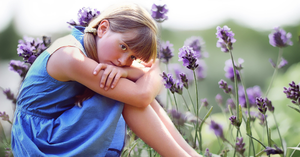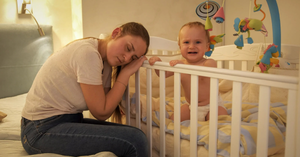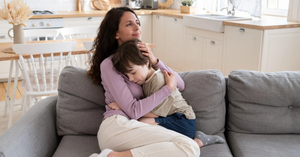Talking about race and bias with children can be daunting. It’s a complex issue, fraught with emotional baggage and societal complexities. Yet, it’s a conversation that cannot be avoided. Our children are growing up in an increasingly interconnected yet deeply divided world. To equip them to navigate this world with empathy, understanding, and respect, we must initiate open and honest conversations about race and bias.
It’s easy to feel overwhelmed. We might worry about saying the wrong thing or exposing our children to difficult truths too soon. But remember, children are incredibly perceptive. They notice differences and form opinions based on what they see and hear. By avoiding the topic, we risk leaving them vulnerable to misinformation and harmful stereotypes.
Furthermore, it’s not just about protecting our children from the negative impacts of bias. It’s about raising them to be active participants in creating a more just and equitable world. We want our children to grow up to be people who challenge injustice, who stand up for what is right, and who treat everyone with dignity and respect.
Starting the Conversation
The earlier you start talking about race and bias, the better. Toddlers can grasp the concept of fairness and equality. As they grow older, introduce more complex ideas. The key is to be age-appropriate and honest.
- Use everyday life as a starting point: Point out diversity in your neighborhood, at the park, or on TV. Discuss how people are different but also how we are all similar.
- Read books and watch movies together: Choose stories that celebrate diversity and address issues of prejudice. Please talk about the characters and their experiences.
- Listen to your child’s questions: Children are naturally curious. Answer their questions honestly and openly. Avoid shushing them or changing the subject.
- Model respectful behavior: Children learn by watching. Show your child how to interact with people from different backgrounds with kindness and respect.
Identifying and Addressing Bias
Bias can manifest in subtle and overt ways. It’s important to help children recognize it in themselves and others.
- Define bias: Explain that bias is a preconceived judgment about a person or group of people, often based on stereotypes.
- Talk about stereotypes: Explain that stereotypes are generalizations about a group of people that are often untrue or unfair.
- Encourage empathy: Help your child understand how it might feel to be treated unfairly. Discuss the impact of bias on individuals and communities.
- Challenge harmful language: When you hear your child using biased language, gently correct them and explain why the words are hurtful.
Fostering a Culture of Inclusion
Creating a home where everyone feels valued and respected is crucial.
- Celebrate diversity: Try your best to celebrate different cultures and traditions.
- Expose your child to diverse perspectives: Encourage your child to interact with people from different backgrounds.
- Teach about history: Help your child understand the historical context of race and racism.
- Get involved in your community: Let yourself and your children be part of activities that promote diversity and inclusion.
Protecting Children from Online Hate
The internet is a powerful place for learning and connection, but it can also be a breeding ground for hatred and harmful content.
- Monitor your child’s online activity: Be aware of the websites and social media platforms your child is using.
- Talk about online safety: Teach your child about the dangers of sharing sensitive information online and the importance of being critical of what they see.
- Use parental controls: Many devices and platforms offer parental control settings. Take advantage of these features.
- Teach media literacy: Help your child develop the skills to evaluate information and identify bias in online content.
Conclusion
Remember, raising respectful, inclusive, and empathetic children takes time and effort. Be patient with yourself and your child. Most importantly, create a safe and supportive space for open and honest dialogue.
By encouraging open communication about race and bias, we can equip our children with the tools they need to create a brighter future for everyone.








Be the first one to comment on this story.